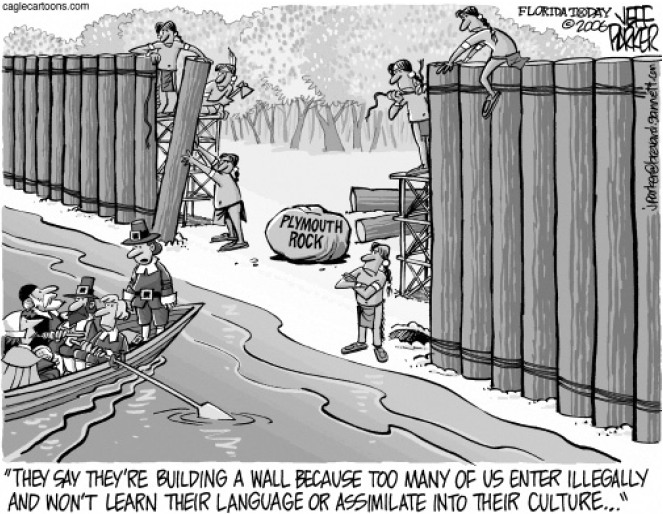Summary of Similarities
General situation in USA and Cincinnati
● At the same time, immigrants realized that their “American Dream” improved their lives compared to opportunities in their home countries.
● Additional smaller groups of immigrants were fleeing from persecution in Europe, Asia, Latin America, and Africa.
How were new immigrants generally different
● Immigrants often had different traditions and cultures that clashed with Cincinnatians who had come earlier.
Cultural gifts from many new immigrants
● Immigrants brought strong work ethics, optimism, devotion to their families, diverse religions, traditional foods, and love of music and arts.
Kinds of jobs done by new immigrants
● Highly skilled and educated foreign-born professionals have always helped the U. S. and Cincinnati’s economy.
● Immigrants created new jobs and in some cases took jobs that local residents did not want to do.

How some Cincinnatians stereotyped new immigrants
● The second and third generations of many immigrants had assimilated so well as Americans that they quickly became part of the established citizenry. Sometimes, they opposed the next wave of immigrants, forgetting the struggles of their parents and grandparents.
Expressed outcries against arriving immigrants
● In the 19th and 20th centuries, opposition was often open and violent. Many immigrant groups were banned from social clubs. Signs such as, “No Irish need apply,” or “For service, speak English,” insult foreign-born immigrants. Later, opposition in the 21st century was more subtle and created legislation that targeted the newest immigrants.
